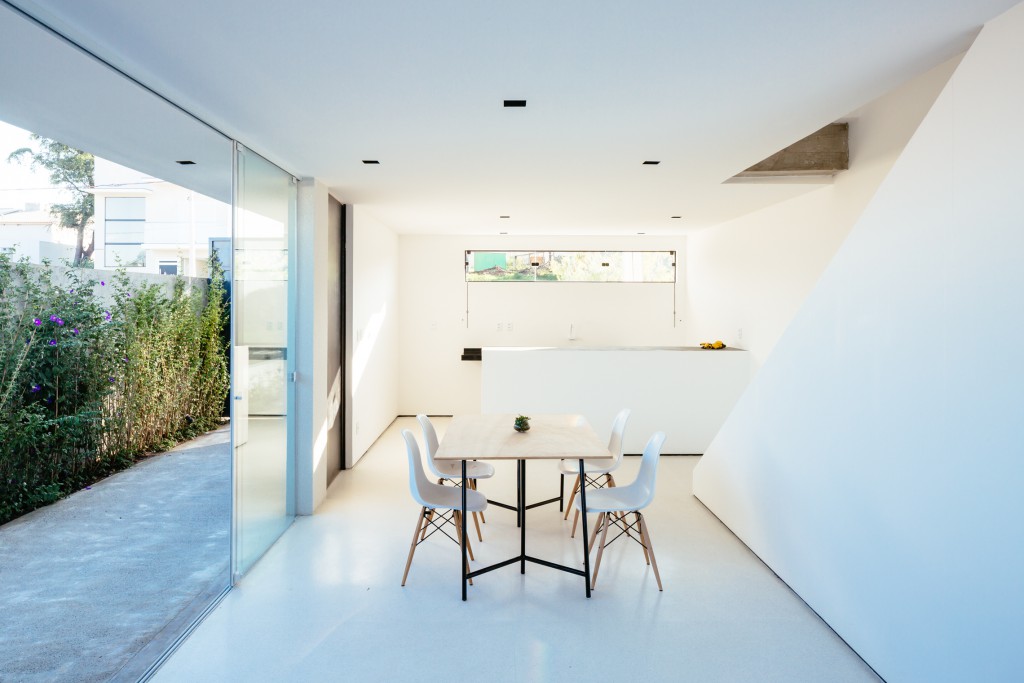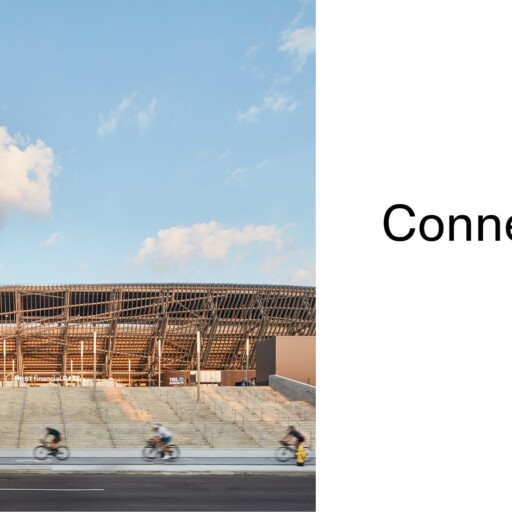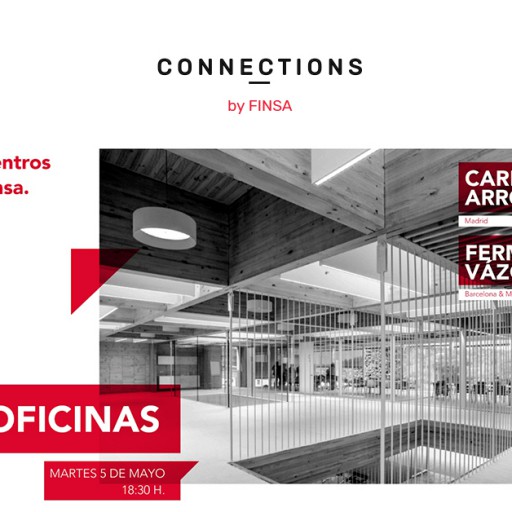The globalised world in which we currently live means that different places are becoming more and more interconnected. We can see evidence of this on every level, including cultural, artistic, philosophical and, of course, in architecture and design.
Ikigai has now become mainstream and is easy to spot in many different types of spaces. The word itself means “reason for living” or “reason for being” and is used by the people of Okinawa to refer to one’s life purpose, or the reason we get out of bed in the morning.

Just like we incorporated feng shui and the Zen aesthetic into our spaces many years ago, ikigai is the latest of Eastern philosophies that the Western world has embraced, with ideas that inspire, but that are also focused on the benefits of caring for ourselves and the spaces that we inhabit. We spend most of our day indoors, be it for work or home, which is why it’s so important to create pleasant, cosy, and comforting surroundings. If our spaces remind us of what fulfils us, we are more likely to feel that way.
One of the key elements of ikigai is simplicity. This might seem easy but, given that excessive consumption is part of society, but can be difficult to achieve. However, this philosophy asks us to keep only the things that make us happy and do away with the things that no longer make sense in our home, such as clothes we no longer wear, furniture and accessories we no longer use, and the many other items that take up space in our home, in addition to taking up space in our minds.

Ikigai: the art of making it come to life
The big question is how can we put this philosophy into practice in our own homes? Although it’s a very personal process, it’s all about adapting different rooms to what we want to achieve in each one. If we like to get together with our family and friends, we need to create a space for that. What it will look like will depend on if we prefer bigger or smaller groups, which will determine the number of chairs, the size of the table, whether we have a small or large dining room etc. When it comes to planning how we will incorporate space for social activities in our home, we should focus on the people that we truly want to spend time with.
This philosophy also recommends taking life slowly: finding time to care for ourselves, enjoy a bath, have breakfast in our favourite spot in the kitchen etc. We should get off the merry-go-round and set aside some time for our wellbeing and our thoughts.
Light also contributes to our wellbeing. Although urban buildings often present some limitations, it’s important to fill the house with natural light: open the curtains, raise the blinds, and allow yourself to be rejuvenated by the light that floods in. If possible, open up your living space to include the terrace. Indoor and outdoor plants are another key element of this trend. Creating your own kitchen garden where you grow aromatics and small produce can be great for your health and can help you stay in touch with nature. Tea is also very important in this philosophical approach and Japanese culture in general. Why not set aside a section of your vegetable patch for a tea garden?

Meditation is also an essential part of ikigai. Try and create a place in your home that’s just for meditating. It should be protected from outside noise and have a comfortable floor or tatami. And if you look after your body as well as your mind, you will have achieved the two most important goals in the search for happiness. You don’t need any bulky gym equipment to do this, either. Just a small space with some exercise bands, a mat, and some dumbbells is enough.
Finally, incorporating ikigai into our homes also means taking care of them. This doesn’t just mean the obvious stuff like cleaning. It’s also referring to little interior design jobs, like painting a picture to decorate your living room wall, restoring a piece of furniture and giving it a new life, organising that forgotten cupboard, or any other little task related to the home. The action of doing it will be pleasant, but the result will be even better.
Ikigai and the architecture of the future
The idea of design as something that goes beyond the material is something that architect Caterina de La Portilla really believes in. She explains that the architecture of the future may not necessarily be all about concrete: “We are living in an increasingly intangible world; we are headed towards the non-material, [and] the architecture of the future will be made by people who can contribute to other fields that seem to have nothing to do with their own”. With this in mind, perhaps architecture and Eastern philosophy are, or will be, more closely connected than we imagine.
In a world where expertise is highly valued, La Portilla wants to incorporate approaches from other disciplines into architecture and, in the process, create a kind of holistic architecture from which we can learn and progress. There is no doubt that it’s essential for different fields to work together and feed off each other, and concepts such as ikigai may even end up having their own space within architecture. At the end of the day, there are few things as important as the way we set up our home and everything in it.




